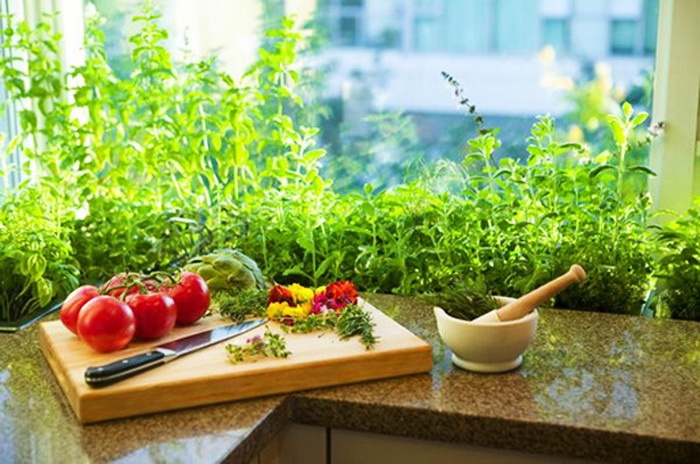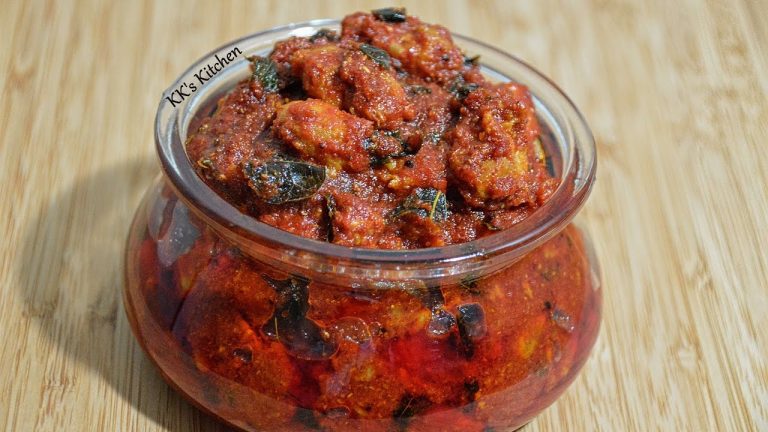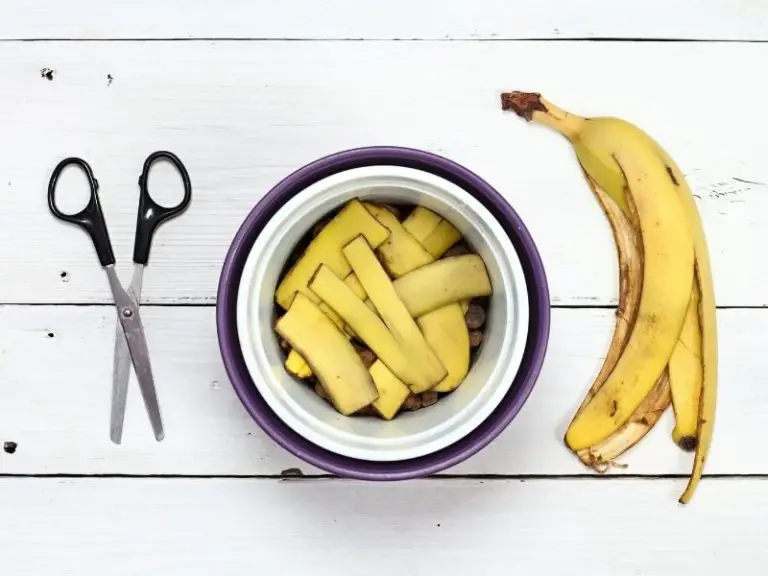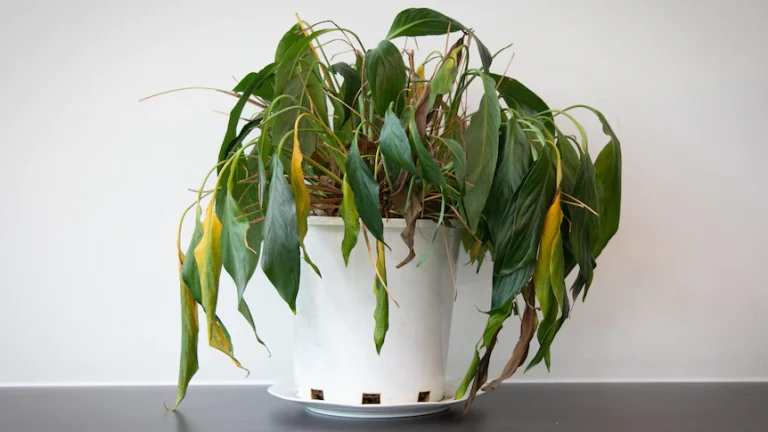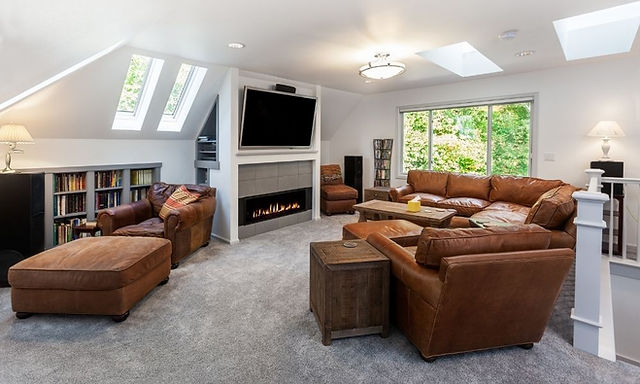7 Steps To A Kitchen Garden In A Small Apartment
Growing your own kitchen garden in a small apartment is a great way to bring fresh, home-grown produce to your kitchen table. It is also a great way to save money and reduce your environmental impact. This guide outlines the seven steps you need to take to start your own kitchen garden in a small apartment. These steps will help you to plan and set up your garden, choose the right plants for your space, and maintain it over time. With some planning and effort, you can easily have a thriving kitchen garden in your small apartment.
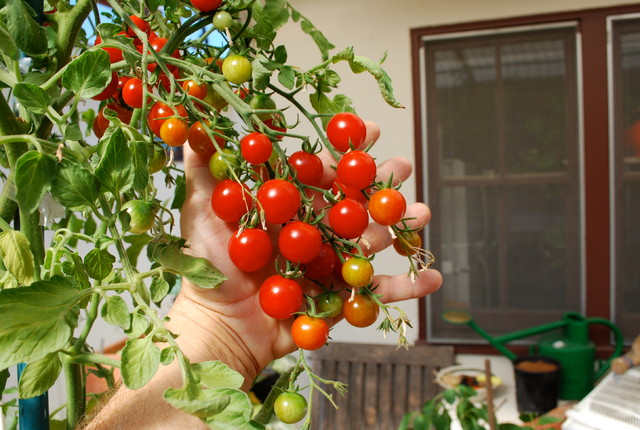
Choosing the Right Space
Creating a kitchen garden in a small apartment can be a challenging task, but it’s not impossible. The first step is to choose the right space. You’ll need to decide where to place your garden – the balcony, a windowsill, or a corner in the kitchen. It’s important to consider the amount of sunlight the space gets, the temperature, and the humidity. If the space is too hot or too cold, your plants will suffer. Additionally, you should make sure the space is sheltered from strong winds and direct rain. If your chosen spot is exposed to harsh weather, you’ll need to find a way to protect your plants. Once you’ve chosen the right space, you’re ready to start planning your garden.
Researching What Plants Will Thrive
Researching what plants will thrive in a small apartment kitchen garden is an important step in the process. Knowing which types of plants are best suited for the environment and will be able to grow in the limited space available is essential for the success of the project. You’ll want to select plants that can survive in the indoor environment, as well as those that are easy to care for. Consider researching what type of soil your plants will need, what temperatures they can tolerate, and the amount of sunlight they will need to grow. Also, try to pick plants that will have a low impact on the rest of the apartment. Additionally, you will want to look for plants that are edible and have a variety of uses. For example, herbs can be used in cooking, while vegetables can provide a nutritious meal. Finally, research the types of pests that may be attracted to the garden, and the best methods for dealing with them. By doing the necessary research, you can ensure that your small apartment kitchen garden is a success!
Utilizing Vertical Gardening
If you’re living in a small apartment and have aspirations of growing your own food, don’t despair! With the right techniques and supplies, you can create your own kitchen garden in any space. Vertical gardening is one of the most popular methods for cultivating plants in a small area. By taking advantage of the vertical space in your apartment, you can make the most of your living space and start growing your very own kitchen garden.
Vertical gardening requires a few simple steps. First, you need to find a suitable location for your garden. Make sure to choose a spot that is near a window for natural sunlight and good ventilation. Next, you need to select the appropriate containers for your plants. Hanging baskets, vertical planters, and wall pockets are all great options for growing your plants vertically.
Next, pick the right soil and fertilizer for your plants. For vertical gardening, choose potting soil that is specially formulated for containers and select a fertilizer that is specifically designed for the type of plants you’re growing. Finally, you’ll need to select the right plants for your garden. Herbs, vegetables, and flowers are all great options for vertical gardening.
With the right supplies and a bit of patience, it’s possible to create a beautiful and productive kitchen garden in even the smallest apartments. By utilizing vertical gardening techniques, you can maximize your space and create a thriving and bountiful garden.
Choosing Containers
Having a kitchen garden in a small apartment may sound like a daunting task, but it is actually quite simple with the right tools and containers. The first step to creating your own kitchen garden is to choose the right containers. The size and shape of the container will depend on the size of the apartment and the type of plants you want to grow. Smaller plants like herbs and vegetables can be grown in smaller containers, while larger plants like tomatoes and peppers require larger containers. Additionally, it’s important to consider the material of the containers you choose. Plastic containers are lightweight and easy to move, while ceramic or terracotta containers are heavy and can be more challenging to move. Additionally, terracotta and ceramic containers retain moisture better than plastic containers, making them the ideal choice for kitchen gardeners. No matter what type of container you choose, make sure it has drainage holes and is the appropriate size for your plants. With the right containers, a small apartment can become the perfect space for a kitchen garden.
Setting Up Irrigation System
Having a kitchen garden in your small apartment can be challenging, especially when it comes to setting up an irrigation system. There are several different ways to go about this, depending on what you’re trying to achieve. Here are some tips to get you started:
- Invest in a water timer – A water timer is a device that will help you automate your irrigation system. It will turn on at specific times to deliver water to your plants. This will help you save time and energy, and make sure your plants receive the exact amount of water they need.
- Set up a drip irrigation system – Drip irrigation is one of the most efficient ways to water your plants, and it’s perfect for small spaces. It uses a series of small pipes and emitters to deliver water directly to the plant’s roots, ensuring that they get the exact amount of water they need.
- Utilize rainwater – Collecting rainwater is a great way to save money and reduce your environmental footprint. With a rainwater harvesting system, you can store rainwater in containers and use it to water your plants.
- Install a sub-irrigation system – A sub-irrigation system is a great way to water your plants without having to manually water them. It utilizes a wicking system that draws water up from the reservoir below. This allows you to water your plants without ever having to lift a finger.
- Install a self-watering container – Self-watering containers are a great way to keep your plants watered without having to worry about it. The containers have a built-in reservoir and wicking system that will deliver water to the plant’s roots.
- Invest in a water pressure regulator – A water pressure regulator is an essential tool for any irrigation system. It will help you control the flow and pressure of the water, ensuring that your plants get the exact amount of water they need.
- Utilize mulch – Mulch is a great way to conserve water and keep your plants healthy. It helps retain moisture in the soil, prevents weeds, and keeps your plants cool in the summer.
These are just some of the steps you can take to set up an irrigation system in your small kitchen garden. With the right tools and techniques, you can ensure that your plants get the water they need without having to worry about it.
Optimizing Light Conditions
Growing a kitchen garden in a small apartment is not easy. One of the biggest challenges is the lack of natural light. To maximize the light conditions for your kitchen garden, consider the following steps:
First, locate the garden near a window that offers natural light. If you don’t have enough natural light, you can supplement it with artificial light sources such as LED grow lights. Secondly, make sure that the area is well-ventilated. This will help to regulate the temperature and humidity levels in the garden. Thirdly, use reflective surfaces such as Mylar or white plastic to diffuse and reflect light. Fourthly, use light traps such as shading curtains to reduce the amount of direct sunlight that reaches the plants.
Fifthly, consider the use of trellises to increase the surface area for light penetration. Sixthly, use a timer to ensure that the lights are on at the right times of day. Lastly, avoid using light-blocking materials such as dark colors or hanging decorations that will block out the light. With the right light conditions, you can create a thriving kitchen garden in your small apartment.
Bringing in the Soil and Seeds
Creating a kitchen garden in a small apartment can seem like a daunting task, but with the right steps, it is achievable. Step one is to bring in the soil and seeds.
There are many options available for soil, but it is important to select a potting mix that is well-draining and nutrient-rich. Start with a small amount and add more as needed. When selecting seeds, it is best to go for organic options, as these will be free of chemicals and will help create a healthy environment for the plants.
Once the soil and seeds are brought in, the next step is to set up the garden. This includes choosing a container, such as a tray, pot, or window box, and ensuring it is big enough to accommodate the plants and has adequate drainage. It is also important to check the light conditions in the space and pick plants that will thrive in the environment.
Once the container is in place, it is time to prepare the soil and plant the seeds. Be sure to water the soil properly and lightly cover the seeds with soil, as this will encourage germination. Finally, keep an eye on the plants and water as necessary until they are ready to be harvested.
With the right steps, it is possible to create a kitchen garden in a small apartment. From choosing the right soil and seeds to setting up the container and planting the seeds, these steps will help bring the garden to life.
Conclusion
Overall, creating a kitchen garden in a small apartment can be a fun and rewarding experience. With the right planning and preparation, you can have a beautiful and productive garden. By following the seven steps outlined above, you can make the most of your space and create a beautiful garden that will provide you with fresh, nutritious produce. With a little effort and creativity, you can make your kitchen garden a success.

